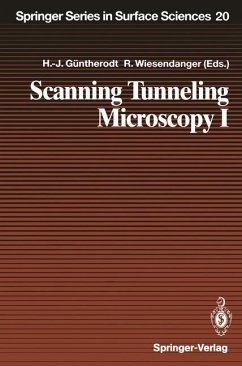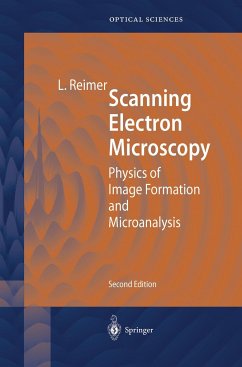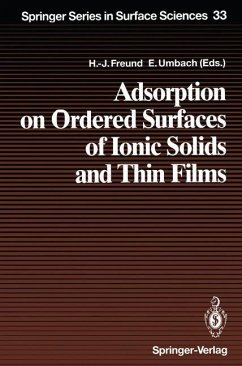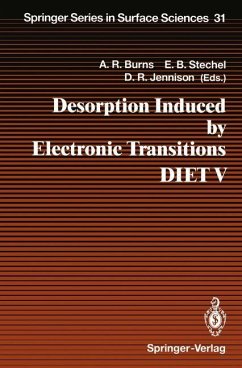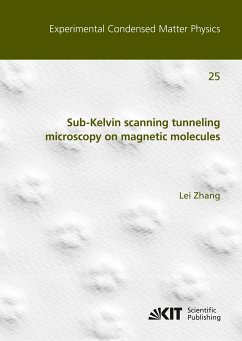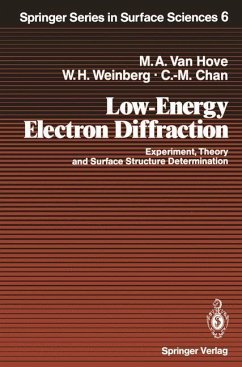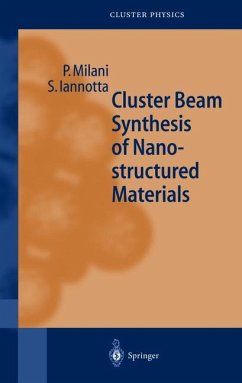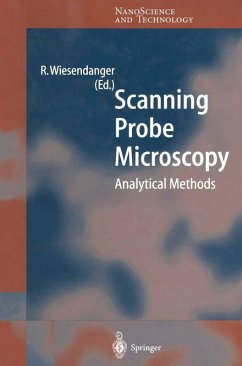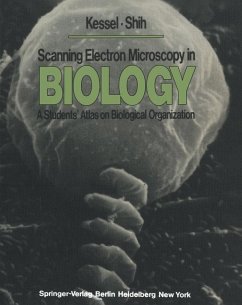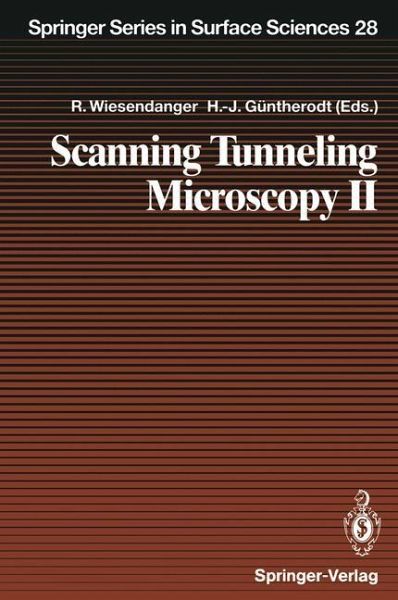
Scanning Tunneling Microscopy II
Further Applications and Related Scanning Techniques
Herausgegeben: Güntherodt, Hans-Joachim; Wiesendanger, Roland;Mitarbeit: Güntherodt, Hans-Joachim; Wiesendanger, Roland; Grütter, P.; Pohl, D. W.; Wickramasinghe, H. K.; Meyer, E.; Rugar, D.; Wiegräbe, W.;
Scanning Tunneling Microscopy II, like its predecessor,presents detailed and comprehensive accounts of the basicprinciples and broad range of applications of STM andrelated scanning probe techniques. The applicationsdiscussed in this volume come predominantly from the fieldsof electrochemistry and biology. In contrast to thosedescribed in Vol. I, these sudies may be performed in airand in liquids. The extensions of the basic technique tomap other interactions are described inchapters on scanningforce microscopy, magnetic force microscopy, scanningnear-field optical microscopy, together with a ...
Scanning Tunneling Microscopy II, like its predecessor,presents detailed and comprehensive accounts of the basicprinciples and broad range of applications of STM andrelated scanning probe techniques. The applicationsdiscussed in this volume come predominantly from the fieldsof electrochemistry and biology. In contrast to thosedescribed in Vol. I, these sudies may be performed in airand in liquids. The extensions of the basic technique tomap other interactions are described inchapters on scanningforce microscopy, magnetic force microscopy, scanningnear-field optical microscopy, together with a survey ofother related techniques. Also described here is the use ofa scanning proximal probe for surface modification.Togehter, the two volumes give a comprehensive account ofexperimental aspcets of STM. They provide essentialreadingand reference material for all students and researchersinvolvedin this field.




